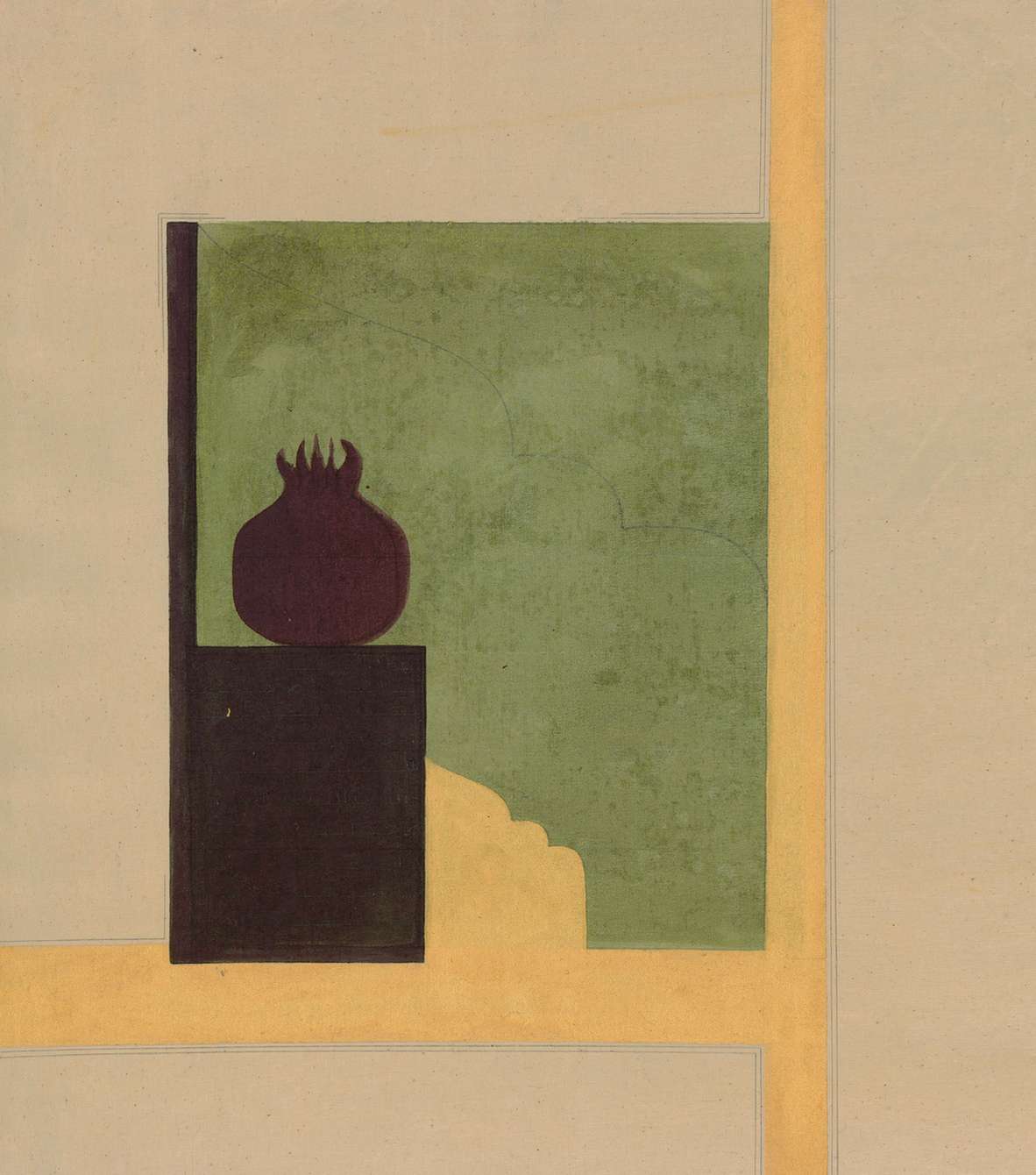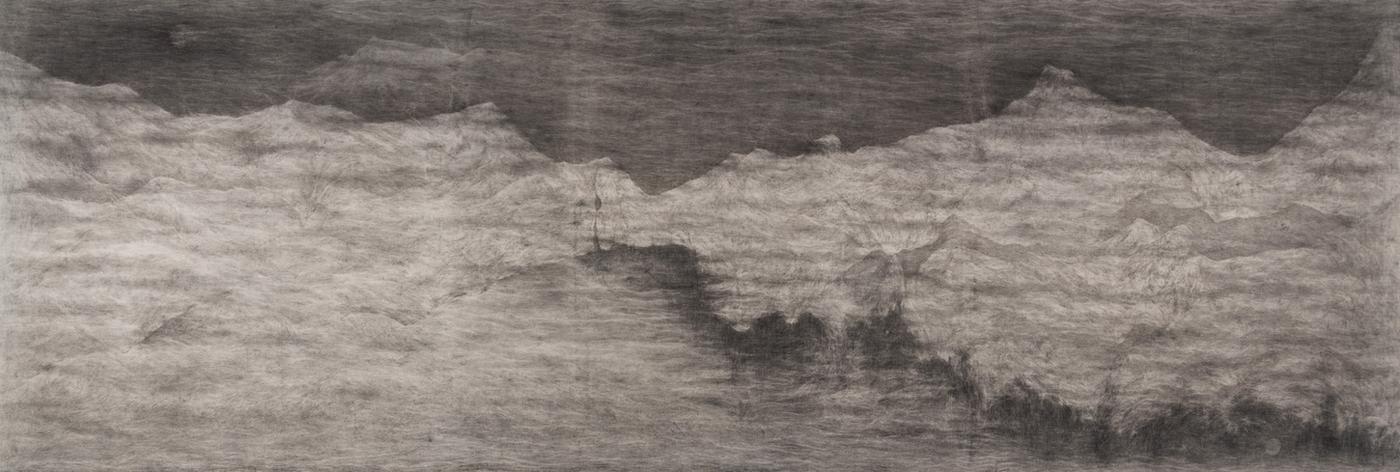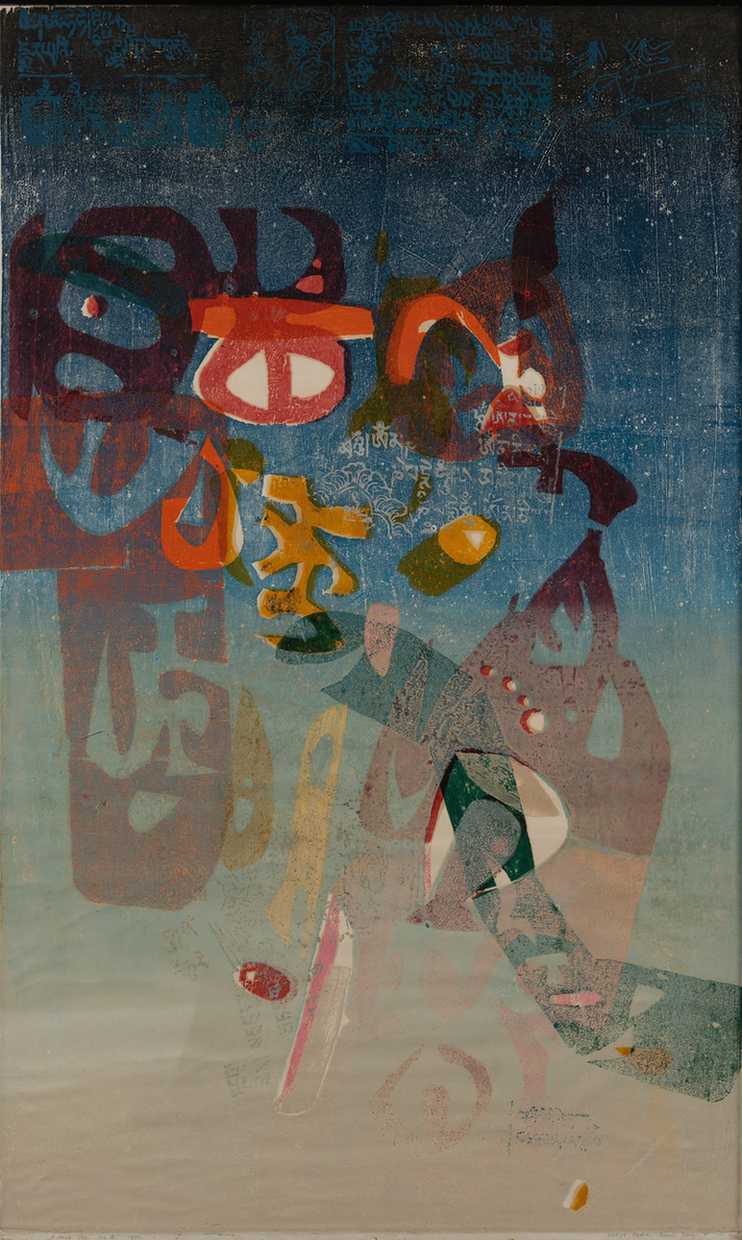Mortimer Chatterjee and Tara Lal, a husband and wife duo, established Chatterjee & Lal in 2003. The gallery,
which is now located in Mumbai's Colaba art district, is a prominent hub in the city's developing art scene.
While the gallery has always placed a strong emphasis on the work of emerging artists, more recent
programming has included historical content that expands our understanding of the histories of art and
design in the twentieth century.
Artists in Focus: Arshi Irshad Ahmadzai, Minam Apang, Nikhil Chopra, Amshu Chukki, Shanti Dave,
Naveen Kishore, Kausik Mukhopadhyay, Sahej Rahal, Nelly Sethna, Gagan Singh, Rustom Siodia, and
Nityan Unnikrishnan.
Shanti Dave

Image Credit - Chatterjee & Lal
Dave is renowned for both his paintings and his expansive murals, which are displayed in galleries and
public areas all around the world. Some of his murals can be found in the VIP lounge at a New York airport
as well as in the Air India offices in London, New York, Frankfurt, and Sydney. As may be observed from
his use of formal abstraction, Dave was a modernist, unlike most other artists of his day. He places
more of an emphasis on the medium and its potential than on incorporating ideological themes into his
works. Later, he made a conscious decision to favour printmaking, drawn to the medium both for the broader
democratic character it afforded both the artist and the client as well as for the potential for richer
textures. Dave is renowned for his experiments using encaustic, in addition to oil, to produce high relief
paintings.
Minam Apang

Image Credit - Chatterjee & Lal
Arunachal Pradesh-born visual artist Minam Apang. Her works have been displayed on numerous worldwide
stages. In Mumbai, where she first started exhibiting her works at a gallery, she has had four solo
exhibitions. She divides her time between sketching, farming, and music-making while residing in Goa
and Arunachal Pradesh.Minam Apang uses ink and charcoal to create her abstract landscapes and allusions
to regional folklore. Although the principal subjects of her early work were mythology and popular tales,
she eventually developed an interest in the psychological reaction of familiarity and recognition to an
image.
Sahej Rahal

Image Credit - Chatterjee & Lal
His body of work is a developing narrative that uses mythical creatures and engages them in discourse
with contemporary life. In these stories, these beings execute bizarre activities in abandoned areas of
the city, transforming them into liminal ritual grounds. The temporal act and its aftermath are the main
motifs in his work.
"My paintings are pages of a fragmented, quasi-historical manuscript that functions as an absurd
encyclopedia of a fictional civilisation. The pages of this encyclopedia grow in the manner of Borges's
The Book of Sand, with each page of the manuscript iteratively cataloguing the creatures that roam the
civilisation, charting their origins, customs, rituals, and myths."
Arshi Irshad Ahmadzai

Image Credit - Chatterjee & Lal
Arshi has produced work that ranges in scale and medium and addresses a wide variety of issues.
Arshi creates work that combines words and images in a way that at times may be reminiscent of fragments
of ancient writings and at other times may be similar to deeply personal journals, all the while
criticising the position, agency, and lack thereof, of the Muslim woman. In her project Lihaaf (2020),
which was constructed by numerous women in her hometown of Najibabad as a huge quilt, Arshi discusses
the verbal and emotional interactions that happen when women collaborate. Although her fundamental
concerns and inquiries as an artist have, to a significant extent, stayed constant over the years,
Arshi has handled her concerns from a variety of angles, each one unique to her position as a South
Asian Muslim woman.